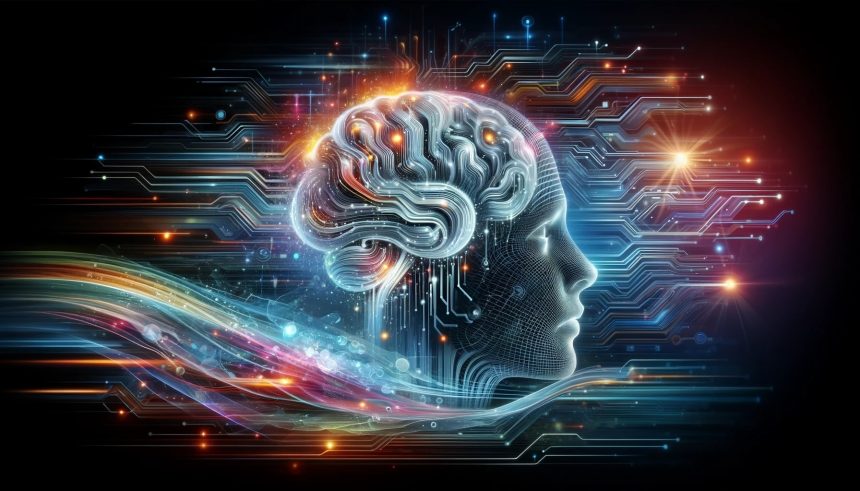Teacher burnout has become a significant concern in the United States, with a high percentage of educators leaving the profession annually. The integration of artificial intelligence offers new avenues for reducing the workload and stress levels of teachers. By automating administrative tasks and personalizing lesson plans, AI is emerging as a valuable assistant in educational settings. This technological support not only helps in managing daily responsibilities but also enhances the teaching experience, making it more sustainable for educators.
Over recent years, the use of AI in education has expanded, building on earlier technological advancements aimed at supporting teachers. Previously, tools were limited to basic administrative assistance, but now AI’s role has grown to encompass more interactive and personalized support systems. This evolution reflects the increasing acceptance and reliance on technology to address long-standing challenges in the education sector.
How Are Teachers Using AI to Ease Their Workload?
Educators like Eileen Yaeger are incorporating AI to tailor lessons to diverse student needs.
“I use A.I. as a think partner to create inclusive lessons that cater to the diverse needs of my students by offering multiple means of representation, engagement and expression,”
Yaeger explains. AI assists in translating materials into various languages and adjusting content according to different English Language Development levels, thereby reducing the time and effort required to prepare lessons.
What AI Tools Are Being Developed for Education?
Several AI-powered platforms are being designed to support teachers. Coursera has introduced Coursera Coach, which personalizes instruction and offers interactive learning experiences. Other platforms like TeachMateAI and MagicSchool focus specifically on providing tools that streamline educational tasks. Additionally, Inflection AI’s Pi and Google’s Notebook LM offer functionalities such as lesson planning and transforming documents into interactive podcasts, respectively.
What Are Teachers’ Perspectives on AI Integration?
Teachers hold varied opinions about the use of AI in classrooms. Jeff Stoltzfus, a media technology teacher, finds AI helpful for creating curricula but remains cautious about fully automating certain aspects of teaching.
“I wouldn’t want that to be automated. That’s part of being empathetic,”
Stoltzfus emphasizes the importance of maintaining human interaction and support for students, highlighting that while AI can aid in certain areas, it cannot replace the emotional connection teachers provide.
AI’s role in education continues to evolve, offering both opportunities and challenges. While tools like Coursera Coach enhance personalized learning and reduce administrative burdens, the necessity for human empathy and creativity remains paramount. The balance between leveraging AI for efficiency and maintaining the essential human elements of teaching is crucial for the future of education.










